Are you interested in ways to keep your horse mentally and emotionally healthy? If your horse spends more than an hour or two in a stall, you will be interested …
EP 147: The Snuffle Pasture for Stabled Horses
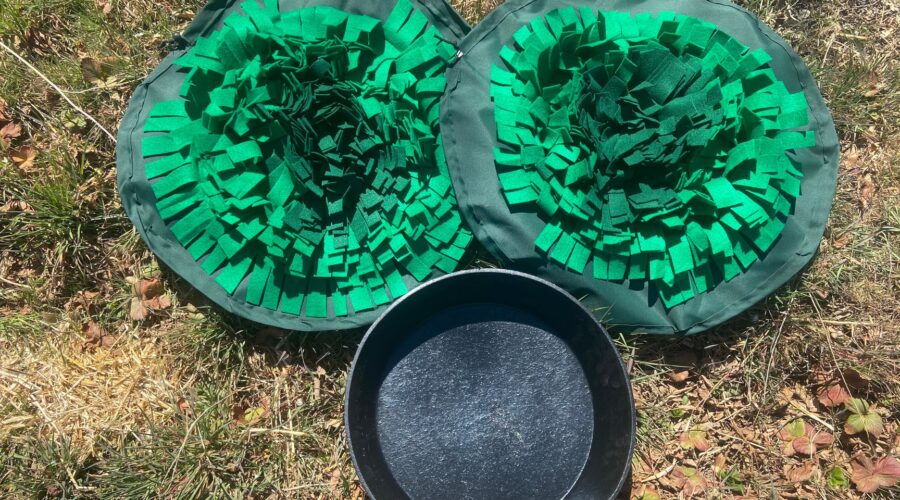
Best Practices in Horsekeeping

Are you interested in ways to keep your horse mentally and emotionally healthy? If your horse spends more than an hour or two in a stall, you will be interested …
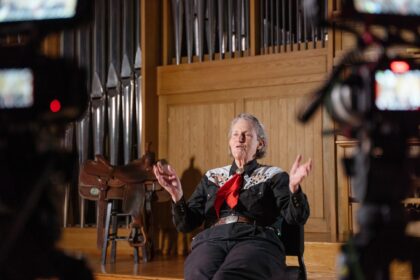
Temple Grandin is a world-renowned animal behaviorist and professor of animal science at Colorado State University. She blazed many trails toward the humane treatment of livestock, and is the author …
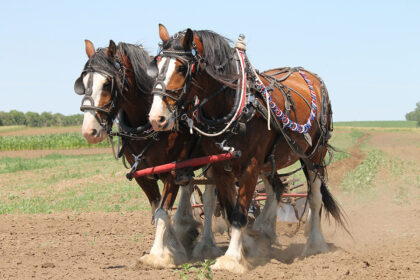
It’s another Triple Crown Nutrition Spotlight episode, and this time, Helena and Stacy talk about how to choose a feed for those easy keepers, horses with metabolic issues and other …
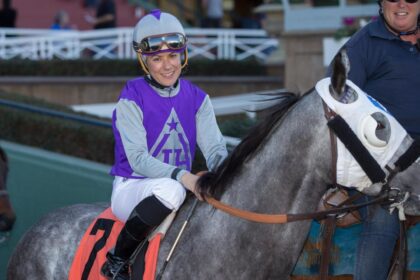
When Helena put out a call on Faceblast for a freelance professional to come out to the farm and give her a hand with her #horses, Maria Falgione and her …
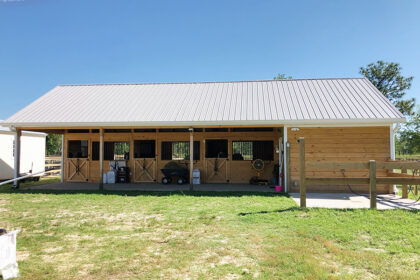
This is a Stall and Stable (+) PLUS episode. Building a barn from scratch requires a specific list of things to consider. It goes well beyond how many stalls, what …